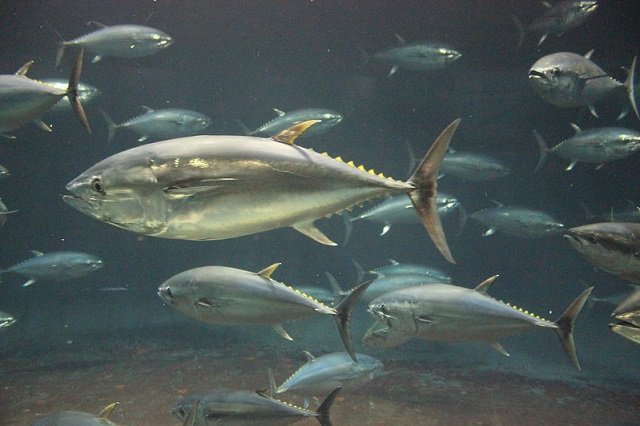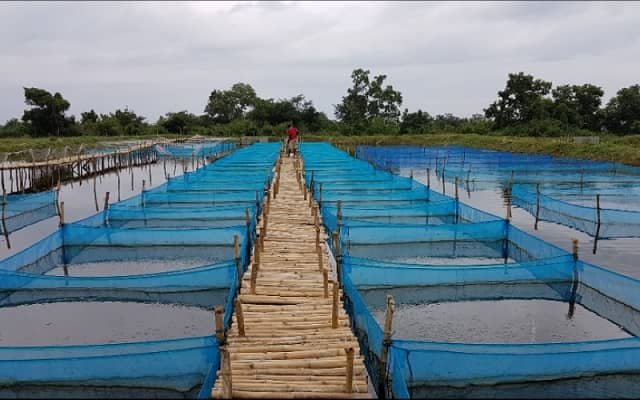USA.- New Jersey has a well-established hard clam (Mercenaria mercenaria) aquaculture industry originating in the 1970s. Extensive aquaculture of the eastern oyster, Crassostrea virginica involving bottom planting of shell and wild stocks dates back to the 1800s, but this practice was largely abandoned due to the onset of oyster disease in the late 1950s and presently accounts for only a small percentage of New Jersey’s oyster harvests.
Since 1997, oyster culture based on the planting of disease resistant hatchery-reared seed has steadily increased with farms developing in the Delaware Bay and Atlantic coastal bays. In 2012, the Haskin Shellfish Research Laboratory, Rutgers University and New Jersey Sea Grant Consortium began an annual survey program aimed at capturing the status and trends associated with shellfish aquaculture in New Jersey. The survey is modeled after a successful program conducted by the Virginia Institute of Marine Science. This report represents the fifth survey year.
To view the full report, please click here. http://njseagrant.org/wp-content/uploads/2018/04/NJAquacultureSurvey2016.pdf
Source: New Jersey Sea Grant Consortium
Editor at the digital magazine AquaHoy. He holds a degree in Aquaculture Biology from the National University of Santa (UNS) and a Master’s degree in Science and Innovation Management from the Polytechnic University of Valencia, with postgraduate diplomas in Business Innovation and Innovation Management. He possesses extensive experience in the aquaculture and fisheries sector, having led the Fisheries Innovation Unit of the National Program for Innovation in Fisheries and Aquaculture (PNIPA). He has served as a senior consultant in technology watch, an innovation project formulator and advisor, and a lecturer at UNS. He is a member of the Peruvian College of Biologists and was recognized by the World Aquaculture Society (WAS) in 2016 for his contribution to aquaculture.



